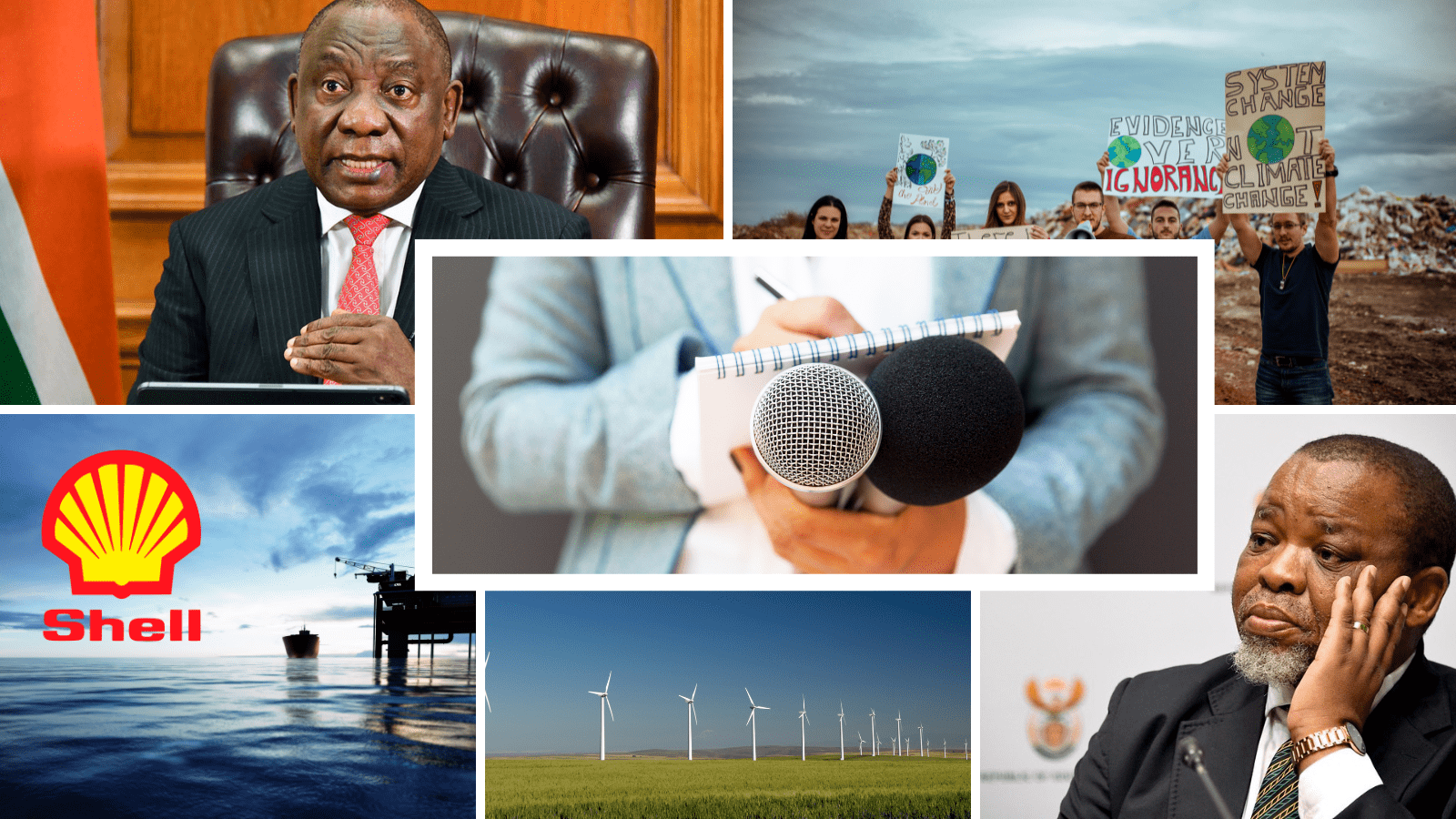Infrastructure. Smart Cities. Private investment in our ailing rail and energy infrastructure. These were the sort of big announcements that have defined previous State of the Nation addresses (SONA).
This SONA, however, ahead of a crucial general election, was surprisingly light on big announcements. Instead, it read like a retrospective of the ruling ANC’s thirty years in power, the only government South Africa’s democracy has ever known.
But South Africa is facing serious headwinds. With our ports, rail network and electricity supply in crisis, unemployment continuing to spiral out of control particularly among the youth and our cities and municipalities contending with crumbling roads, water and more.
Ramaphosa’s speech did not reflect these realities on the ground, choosing to focus on the government’s achievements to date, with a nod to challenges and reminders of plans already underway to ostensibly solve these.
Perhaps Ramaphosa is saving up the good stuff for the second SONA the president typically delivers after voting in an election year. If that were the case, it would be particularly confident of him.
A recent poll by Ipsos predicted the ANC will get barely 40% of the vote. A survey conducted by the Inclusive Society Institute last year has the party at 48% in a high voter turnout outcome.
- The NHI
Expectations ahead of this SONA were that Ramaphosa would give some sort of update about the controversial National Health Insurance (NHI) bill, which is currently sitting on his desk and waiting for sign-off after being passed by parliament. No such timeline was forthcoming. He did, however, treat the house to a joke about how he was looking for his pen to do so…
More interestingly were his comments about a staged roll-out of the policy that has had opposition parties and the private sector up in arms. It’s probably this push-back that prompted Ramaphosa’s note that his government plans to “incrementally implement the NHI.” He separated out different phases to deal with:
- Health system financing
- The health workforce
- Medical products
- Vaccines and technologies
- Health information systems
Missing from this list, however, was a timeline of when and how each of these will be rolled out.
2. Youth unemployment
The much-talked-about youth vote presents the biggest risk to the ruling ANC in this coming election. These largely dormant voters may well rise up, given how poorly they have fared in SA’s democracy thirty years on. Consider that over 3 million young South Africans (aged 15 – 24) aren’t in any form of education or employment, according to Stats SA. That’s roughly a third. In this year’s speech, Ramaphosa spoke of the launch of the Presidential Employment Stimulus and other initiatives to create over 1.7 million work opportunities, plus zero-rated platforms like SAYouth.mobi to help young people access learning and earning opportunities.
“Over 4.3 million young people are now engaged on the network and 1.6 million have so far secured opportunities,” said Ramaphosa. It’s a good start. As the president himself pointed out, work is pretty crucial to the human spirit. “Having a job does not only provide an income – it is fundamental to people’s sense of self-worth, dignity, hope, purpose and inclusion,” said Ramaphosa.
3. Climate Change Response Fund
Probably the only thing that looked like a new announcement or initiative was Ramaphosa’s announcement on the Climate Change Response Fund.
If you’ve been following climate change conversations, this would fall under the “resilience” bit. There is only so much “adaptation and mitigation” we can do to protect our people from the effects of climate change – two other strategies often talked about.
Quick explainer: “Mitigation can help minimise climate change, so we don’t get increasingly severe storms, adaptation helps prepare for the more severe storms which we are already beginning to experience, and resilience helps us bounce back more quickly following these storms.” Credit.
As Ramaphosa pointed out, SA has been hit hard by the effects of climate change. “We have had devastating wildfires in the Western Cape, destructive floods in KwaZulu-Natal, unbearable heat waves in the Northern Cape, persistent drought in the Eastern Cape, and intense storms in Gauteng,” he noted earlier in his speech when listing the literal and figurative storms the country has weathered over the years.
Later in the speech, he looped back to the issue with the announcement of a Climate Change Response Fund. Something like this has been mooted in previous bills.
As Ramaphosa noted: “This will bring together all spheres of government and the private sector in a collaborative effort to build our resilience and respond to the impacts of climate change.”
However, more details were, as was the case with this speech, in scant supply.
4. Election date and special grant extension: What he didn’t say
Hopes that Ramaphosa would announce this year’s election dates were dashed. Neither are we much wiser about whether the special social relief grant, introduced during the COVID-19 pandemic lockdowns, would definitely be extended again – something pundits were looking out for in this speech. All Ramaphosa said on this score was: “We have seen the benefits of this grant and will extend it and improve it as the next step towards income support for the unemployed.” Again, there were no dates or details, though that may be forthcoming during the follow-up budget speech, where his finance minister generally provides a more detailed implementation plan.
The SRD grant, as it is known, reaches nine million people who aren’t eligible for other grants. This R350.00 a month often means the difference between going hungry or not for SA’s poorest citizens.
Details and timelines on the rebuild of the parliament building and also the ending of loadshedding were scarce tonight.
5. Education
We’ve mentioned before that our obsession with matric results is misplaced and doesn’t actually tell the full story of education in South Africa.
But education is one of the few metrics where Ramaphosa could boast of a hard improvement, which he did, noting: “The latest matric pass rate, at 82.9%, is the highest ever.”
Following on his youth-themed jobs note, Ramaphosa made education a key part of his speech, shouting out the different ways his government is trying to improve an overall education system that still sees high drop-out rates and poor literacy and maths levels. Key points included the expansion of access to early childhood development plus improving basic education outcomes. “With each new year, learners from no-fee schools are accounting for more and more of the bachelor passes achieved,” said Ramaphosa, adding that the government has “increased funding for poor and working-class students in universities and TVET significantly over the past five years.”
Verashni is passionate about empowering citizens to hold those in power to account. She was previously editor-in-chief of the Mail & Guardian and HuffPost South Africa, and won the CNN African Journalism Award, among others.
- Verashni Pillay
- Verashni Pillay




